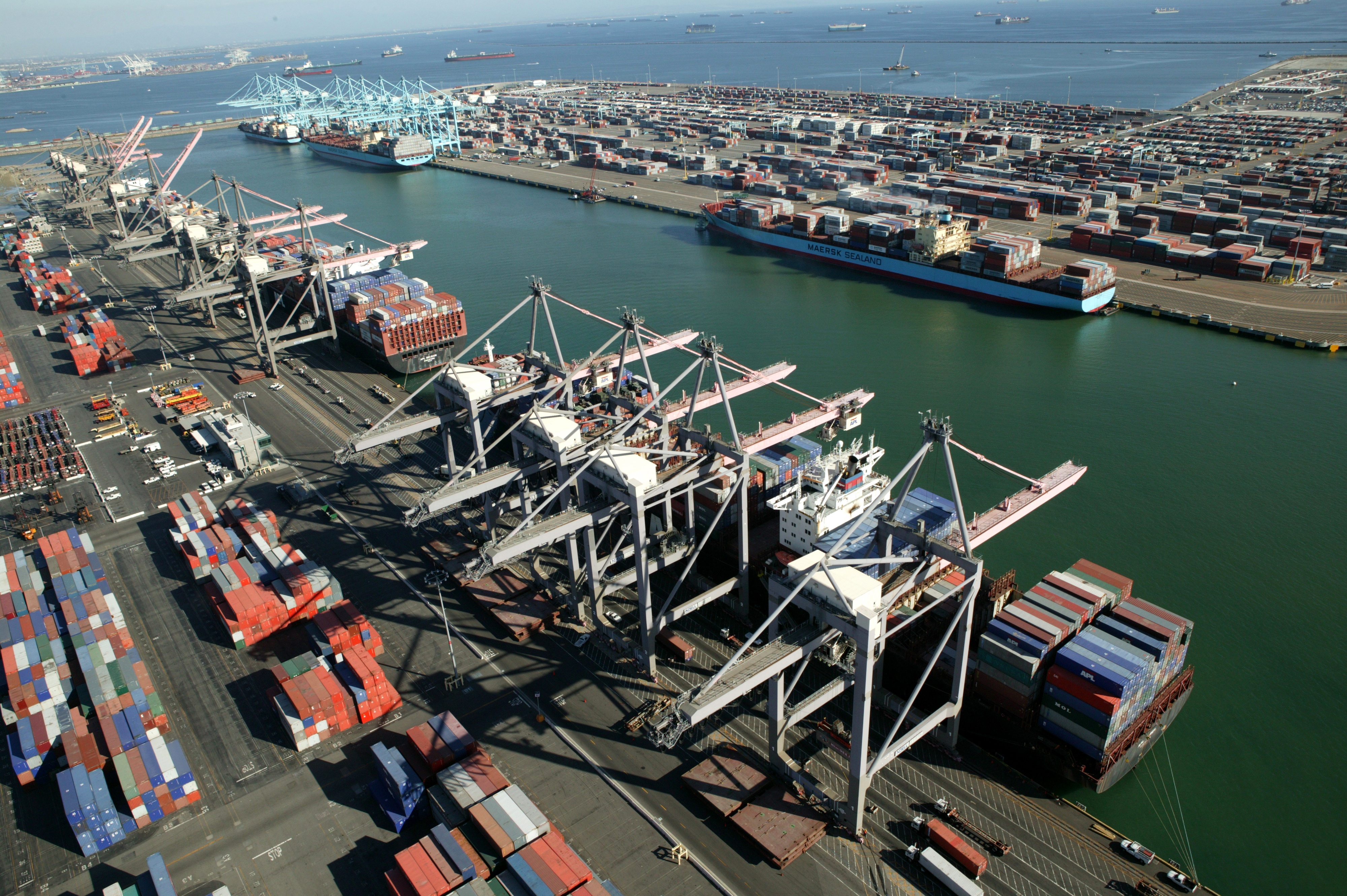“Consume less, share better.” - Herve Kempf
Shared warehousing, also known as public warehousing, can’t sound anything other than cost effective, right? Your goods are received, stored and distributed by a 3PL provider who has made all of the investment in buying or leasing land, building, equipment and labor. Certainly that keeps cash flow in your pocket. But are you getting the biggest bang for your buck for public or shared warehousing?
The sale of your merchandise goes through peaks and valleys throughout the year. It’s inevitable. Marketing promotions and seasonal demand spike sales and move inventory. At other times, you will experience a lull in sales and less activity in your part of the commercial warehousing space.
Public Warehousing: For Every Action there is a Reaction
When sales are up more product is moving and logistics costs increase. When sales dip, you may justify a cost reduction because of fewer transactions. That’s variable cost pricing. Your costs parallel your revenue stream. During the high sales period it is imperative that you have ample space, equipment availability and adequate labor to execute your transactions. Low sales periods will see less product moving, but are you paying less to your commercial warehousing partner? Are you on top of these ebbs and flows to ensure that you are only paying for what your volume requires?
Getting the Biggest Bang From Your Commercial Warehousing Buck
Understanding the typical annual volume of your sales and the times of year that they occur is the first step to spending commercial warehousing costs wisely. Open communication with your shared warehouse provider is essential. Here are a few tips to maximize the benefits of public warehousing.
- Know your past sales performance to negotiate the most effective pricing approach. Use this knowledge to provide the very best volume projections for the succeeding year. This will alert your provider to coming volume spikes so they can prepare.
- Provide advance notice for seasonal or promotional events that will result in a surge of inventory and distribution. Working with your 3PL several weeks in advance can ensure that you have adequate space, handling equipment and labor to accommodate these events.
- Consider future plans that are not picked up in your detailed analysis. For instance, a new eCommerce initiative or a new product launch will skew your projections. Talking to your commercial warehousing provider on a regular basis can produce solutions that may not otherwise have been considered.
- Don’t confuse price with value. Sure, you want to reduce labor during slow periods. But make sure your provider maintains focus. If quality slips, your total costs could actually rise if mistakes lead to costly chargebacks and customer dissatisfaction.
The overall key to maximizing value for dollar with your public warehousing partner is communication. Past sales and future projections will never be 100% accurate but working together with your 3PL provider, on long-term and short-term planning needs, can curtail unnecessary expenses.
Weber Logistics is a specialist in commercial warehousing in California and throughout the Western US. In addition to warehousing and distribution services, we also provide pick and pack services and complete transportation management through Weber assets and carrier partners. Contact Weber today to learn more.



 Capital Management
Capital Management